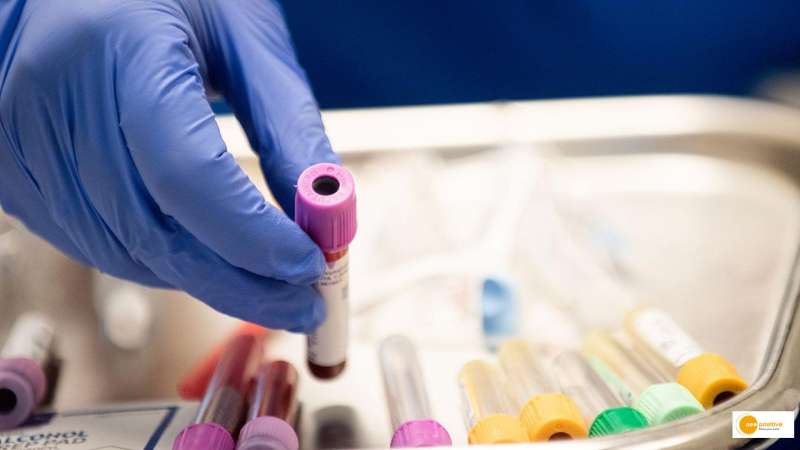

Children born with Artemis-SCID have to deal with many problems, like not having enough T and B cells. They also have less resistance to the drugs used in bone marrow transplants. Also, DNA repair mechanisms that don’t work right raise the risk of influencing peddling disease, in which the immune system of the donor attacks the tissues of the host. Researchers are doing everything they can to find a cure for Artemis-SCID. It is a rare genetic disease, and has now turned to infant gene therapy. With gene therapy, you don’t need donor cells. It lowers the risk of graft-versus-host disease and graft rejection by putting a healthy copy of the faulty gene into the patient’s blood-forming stem cells.
In a recent medical breakthrough, scientists found a way to use gene therapy to treat babies born with Severe Combined Immunodeficiency (SCID), also known as “bubble boy syndrome,” without having to give them drugs that weaken their immune systems. This new idea has already shown that it could change the lives of babies with rare diseases, giving them a much better chance of living a relatively healthy and normal life. People have made much progress in infant gene therapy research in the past few years. This gives people hope that Artemis-SCID can be cured by permanently fixing genes that aren’t working right. The new infant gene therapy adds healthy cells to the stem cells in an infant’s bone marrow. This gives the baby’s body corrected genetic material, which may prevent long-term problems or death caused by standard treatments.
Infant Gene Therapy Trial Results
Children from 18 months to 4.5 years old are participating in the trial. One was five months old when diagnosed; he was born in Canada. The other nine were all born in the United States and diagnosed with SCID through newborn screening. Four of the people with this disease are of Native American descent, where it is more common. Six children had been watched for at least 24 months when the study was published. The trial’s first and second phases showed that giving gene-corrected cells that turned into white blood cells in just six weeks was safe. Patients only needed 25% of the full dose of busulfan for their marrow to be ready for transplantation.
This impressive accomplishment could change the way we treat cancer and treat people who don’t have a strong immune system. Also, 12 months after the infusion, the T cell systems had changed noticeably, proving that this treatment is good for long-term health. Ten patients received treatment with their own customized stem cells, which quickly turned into healthy peripheral blood within six weeks. By the time they were 12 weeks old, they were making their own T and B cells. Four got their immune systems back to normal in just one year.
Another three showed promising progress toward this goal after only 24 months. This is a milestone that even donor-transplanted standard treatment patients reached, though it took them much longer to do so before this new protocol. A second gene therapy infusion cleared up a child’s persistent cytomegalovirus infection. The child’s T-cell and B-cell immunity were also fully restored. Miraculously, the results were better than what Artemis SCID patients had seen with previous donor bone marrow transplants.
So far, this infant gene therapy has only been tried on people with Artemis-SCID. But Puck said that they are using methods that can be used in other places and might also help with other rare conditions. Every big change starts with a single patient who inspires the rest of the world to make something better.


